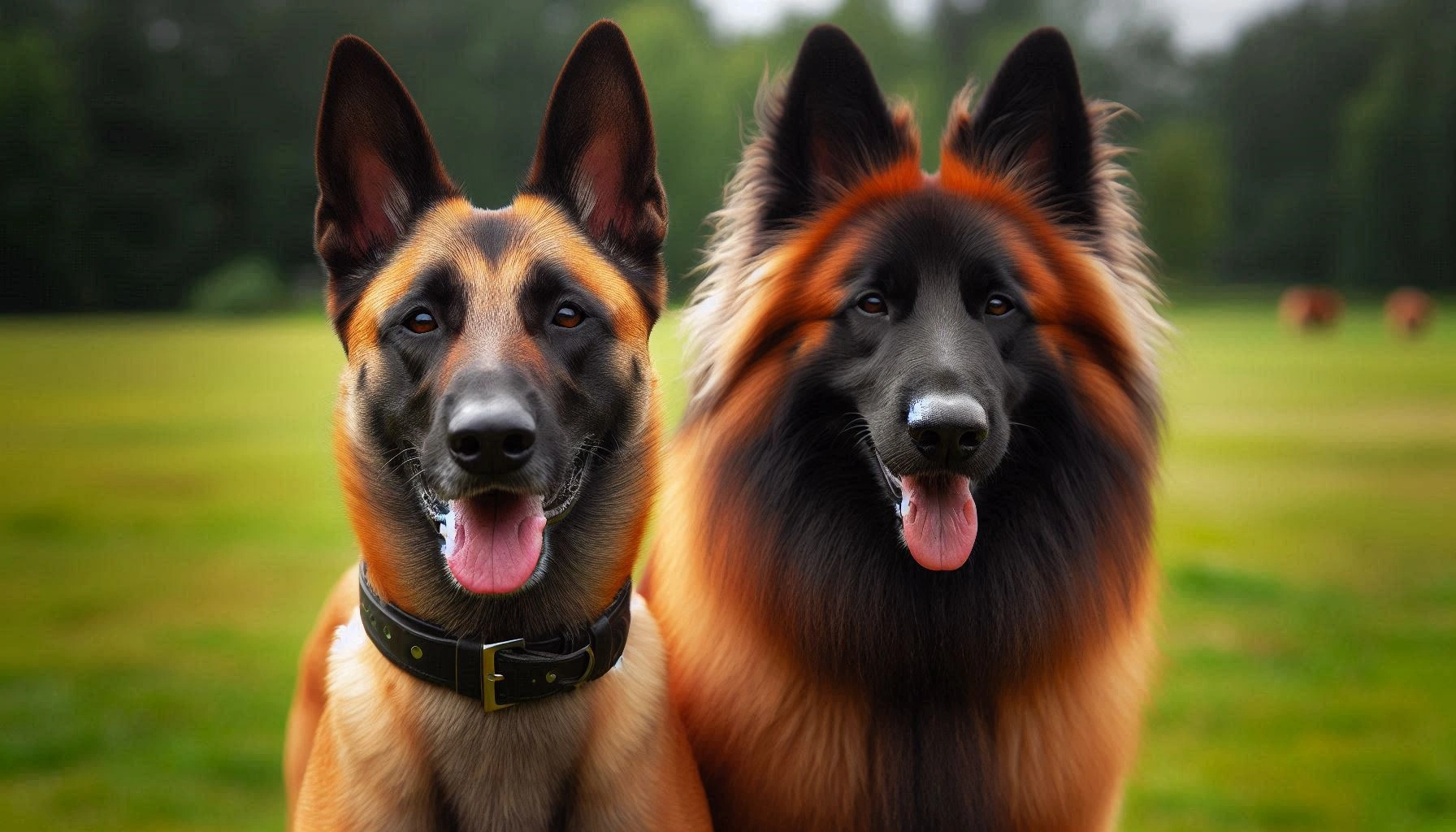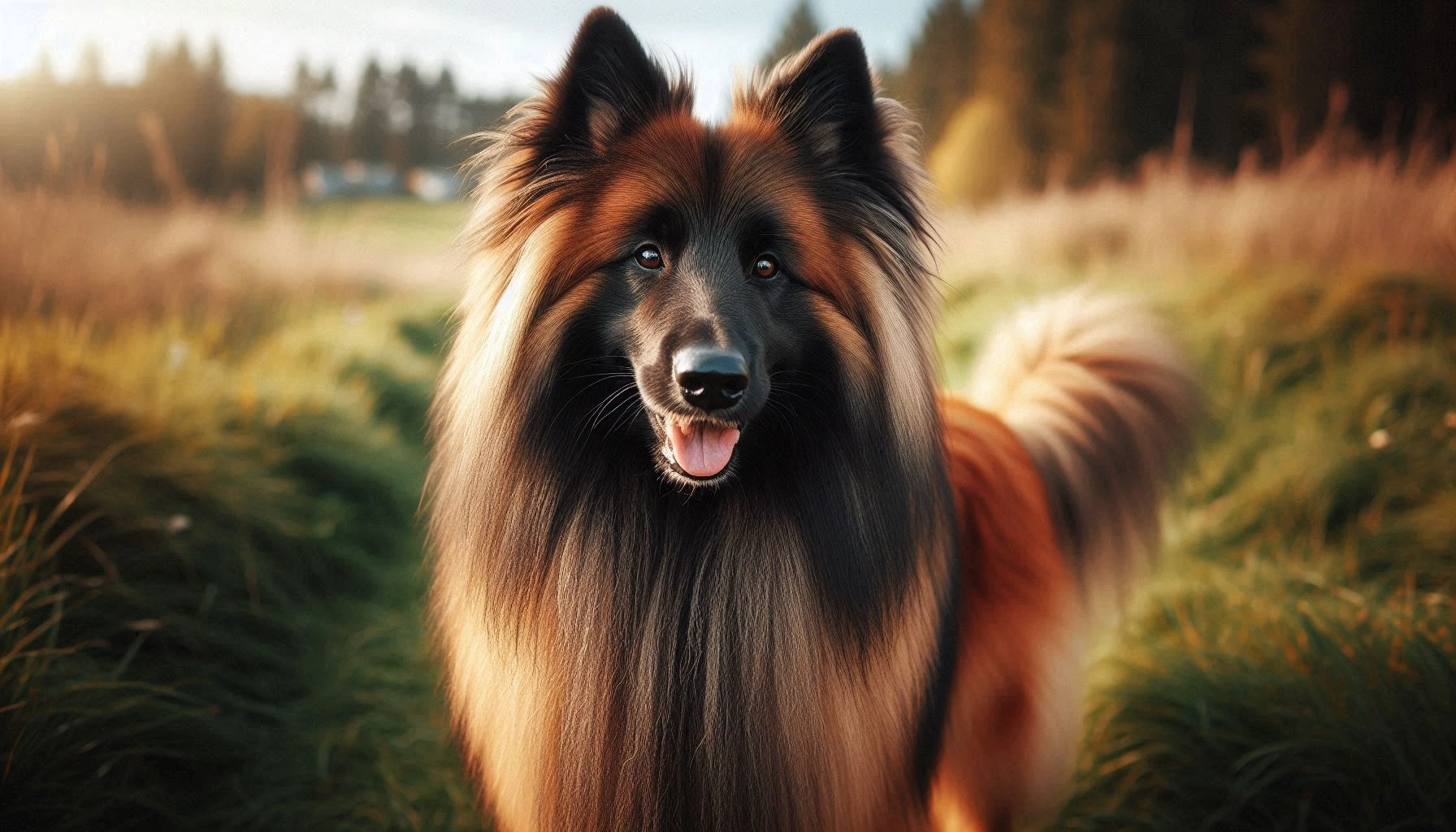Table of Contents
Schipperke Dog Breed
The Schipperke dog breed, often affectionately referred to as the “little black devil,” is a small but mighty dog that has captured the hearts of dog owners worldwide. Known for their energetic nature, intelligence, and distinctive fox-like appearance, Schipperkes are a popular choice among those looking for a loyal and spirited companion. This article delves into the many facets of the Schipperke breed, exploring its history, physical characteristics, temperament, health, care requirements, training, and suitability as a family pet.
History and Origin
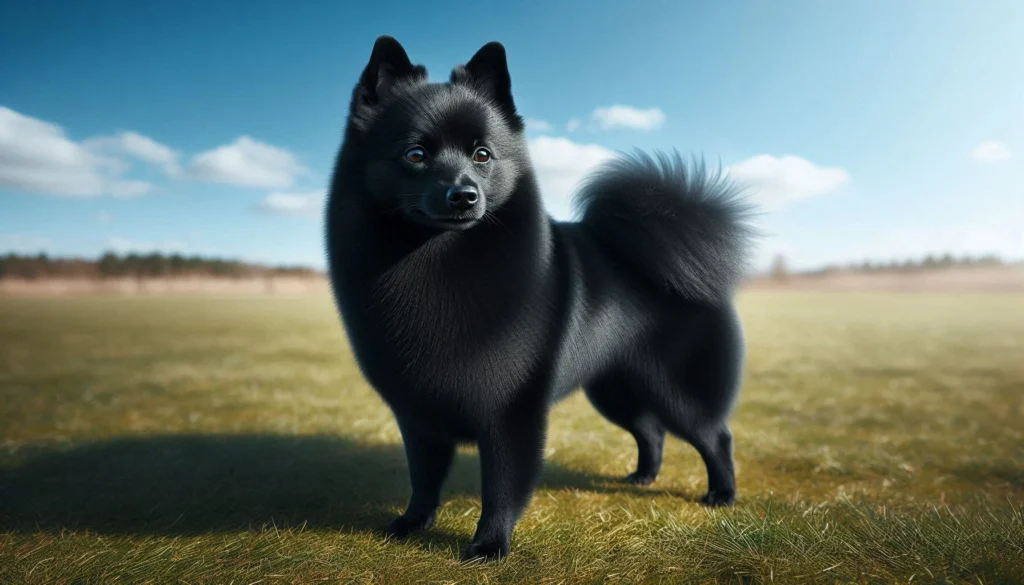
The Schipperke dog breed hails from Belgium, where it has been cherished for centuries. The breed’s name is derived from the Flemish word “schip,” meaning “boat,” which highlights its original role as a watchdog on canal boats. These vigilant little dogs were tasked with guarding barges, earning them the nickname “little captain.”
The Schipperke’s history can be traced back to the 16th century when they were a common sight in the Belgian provinces of Antwerp and Brabant. They were bred by Belgian shoemakers who wanted a smaller version of the Leauvenaar, a larger working dog. The Schipperke’s reputation as an excellent ratter and watchdog quickly spread, earning them a place in both urban and rural settings.
In 1888, the Schipperke Club of Belgium was formed, solidifying the breed’s standard. The breed made its way to the United States in the early 20th century and was recognized by the American Kennel Club (AKC) in 1904. Today, the Schipperke continues to be a beloved companion known for its loyalty and versatility.
Physical Characteristics
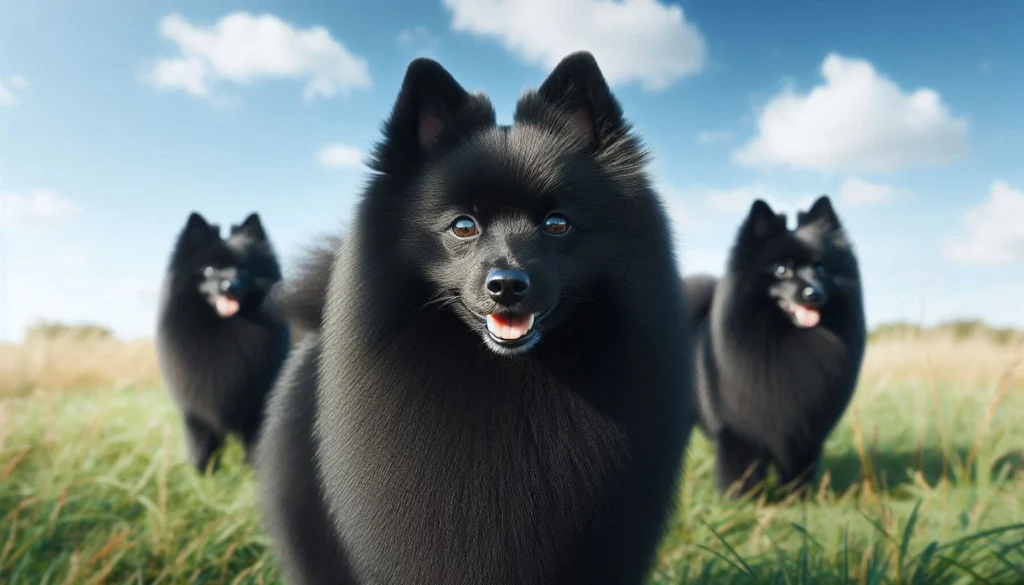
The Schipperke is a small, sturdy dog with a distinctive appearance that sets it apart from other breeds. Here are some key physical characteristics of the Schipperke:
- Size: Schipperkes are small dogs, typically weighing between 10-16 pounds (4.5-7.3 kg) and standing about 10-13 inches (25-33 cm) tall at the shoulder.
- Coat Type: They have a double coat consisting of a soft, dense undercoat and a harsh, straight outer coat. The fur around the neck forms a ruff, giving them a lion-like appearance.
- Colors: The most common coat color for Schipperkes is solid black, although other colors like blue, chocolate, and cream can occasionally be found.
- Distinctive Features: Schipperkes have a fox-like face with a pointed muzzle, erect ears, and expressive dark eyes. Their tails are often docked, though some countries prohibit this practice.
Temperament and Personality
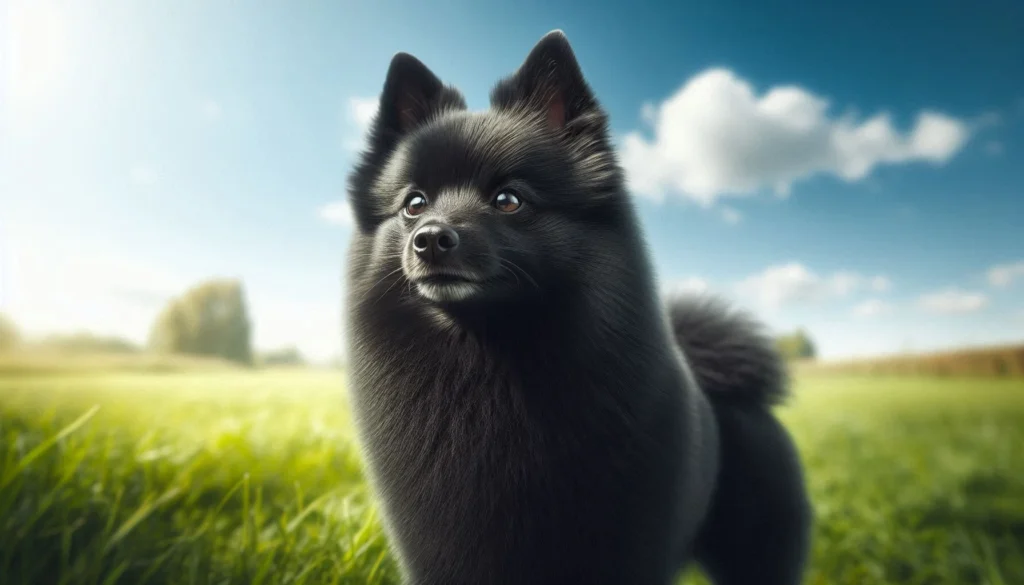
Schipperkes are known for their lively and spirited personalities. Here are some typical temperament traits of this breed:
- Energetic: Schipperkes are active and playful dogs that require regular physical and mental stimulation. They thrive on exercise and enjoy activities like agility, obedience, and even herding.
- Intelligent: These dogs are highly intelligent and quick learners, making them easy to train. However, their independent nature can sometimes lead to stubbornness.
- Loyal: Schipperkes are fiercely loyal to their families and tend to form strong bonds with their owners. They are protective and make excellent watchdogs.
- Good with People and Children: While Schipperkes can be wary of strangers, they are typically affectionate and gentle with their family members, including children. Early socialization is key to ensuring they are well-adjusted.
- Interaction with Other Animals: Schipperkes can get along with other pets, but their high prey drive means they may chase smaller animals. Proper introductions and training are essential.
Health and Lifespan
Schipperkes are generally healthy dogs, but like all breeds, they can be prone to certain health issues. Here are some common health concerns and tips for keeping your Schipperke healthy:
- Common Health Issues: Some of the health problems that can affect Schipperkes include hip dysplasia, patellar luxation, Legg-Calvé-Perthes disease, epilepsy, and eye conditions such as progressive retinal atrophy (PRA).
- Average Lifespan: Schipperkes typically have a lifespan of 12-15 years, with some living even longer with proper care.
- Tips for Keeping Your Schipperke Healthy:
- Regular veterinary check-ups to monitor for any potential health issues.
- A balanced diet to maintain a healthy weight and overall well-being.
- Regular exercise to keep them physically and mentally stimulated.
- Dental care, including regular brushing and professional cleanings.
- Vaccinations and parasite prevention to keep them protected from common diseases and pests.
Care and Grooming
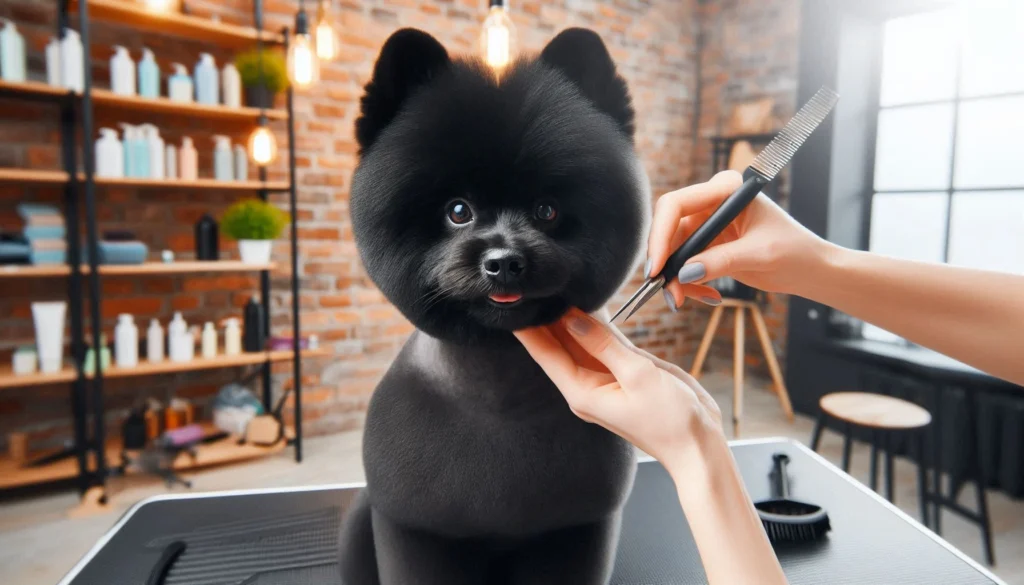
Caring for a Schipperke involves meeting their grooming, exercise, and dietary needs. Here are some practical tips:
- Grooming Needs: Schipperkes have a thick double coat that requires regular grooming to keep it in good condition. Brush their coat at least once a week to remove loose hair and prevent matting. During shedding seasons, more frequent brushing may be necessary. Bathing should be done as needed, and their ears, eyes, and teeth should be checked and cleaned regularly.
- Exercise Requirements: Schipperkes are active dogs that need daily exercise to stay happy and healthy. A combination of walks, playtime, and mental stimulation through training or puzzle toys will help keep them engaged.
- Dietary Recommendations: Provide a balanced diet that meets their nutritional needs. High-quality commercial dog food or a well-prepared homemade diet can be suitable. Be mindful of portion sizes to prevent obesity, and always provide fresh water.
Training and Socialization
Training and socialization are crucial for a well-behaved Schipperke. Here are some tips for new owners:
- Training Tips:
- Consistency: Use consistent commands and positive reinforcement techniques to train your Schipperke.
- Early Training: Start training and socialization early to establish good behavior patterns.
- Challenges: Schipperkes can be stubborn, so patience and persistence are key. Keep training sessions short and engaging to hold their attention.
- Socialization:
- Early Exposure: Expose your Schipperke to different people, animals, and environments from a young age to build their confidence.
- Positive Experiences: Ensure that socialization experiences are positive and rewarding to help them become well-adjusted adults.
Suitability as a Family Pet
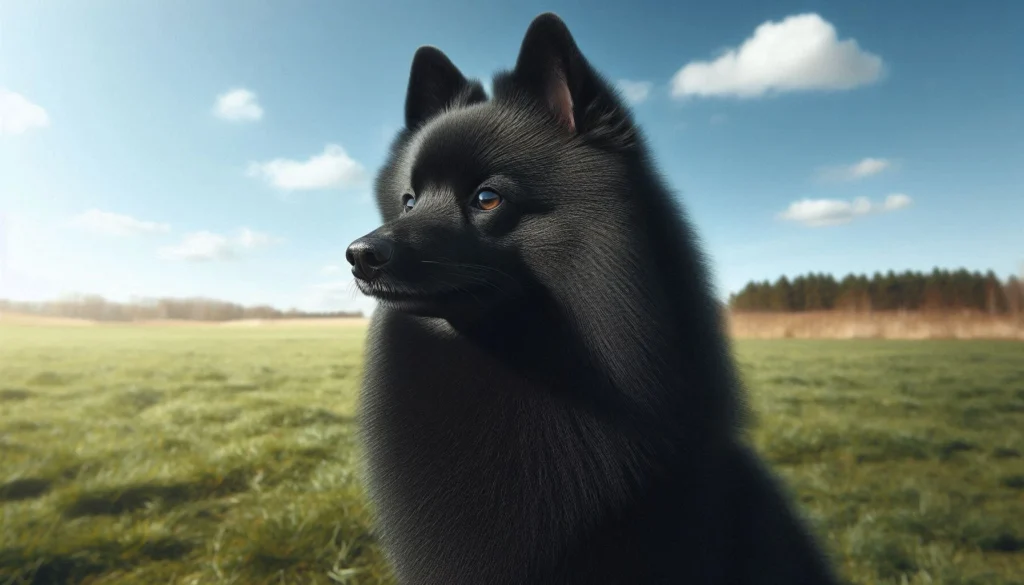
Schipperkes can make excellent family pets, but there are some considerations to keep in mind:
- Living Environment: Schipperkes adapt well to various living environments, including apartments, as long as they receive enough exercise. A secure yard is ideal, as they love to explore.
- Energy Levels: They have high energy levels and need regular physical and mental stimulation. Active families who enjoy outdoor activities will find the Schipperke to be an enthusiastic companion.
- Children: Schipperkes are generally good with children, especially if they are raised together. Supervision is recommended with very young children to ensure gentle interactions.
Fun Facts and Trivia
Here are some fun facts and trivia about the Schipperke dog breed:
- Tail-less Tradition: Historically, Schipperkes often had their tails docked to prevent injury while working on boats. In some countries, tail docking is now prohibited.
- Versatile Workers: In addition to being boat dogs, Schipperkes have also been used as herders, ratters, and even police dogs in their native Belgium.
- Royal Connection: The breed gained royal attention when Queen Marie Henriette of Belgium became an admirer and owner of Schipperkes in the late 19th century.
- Agility Stars: Schipperkes excel in agility competitions due to their speed, agility, and intelligence.
Similar Dog Breeds to Schipperke

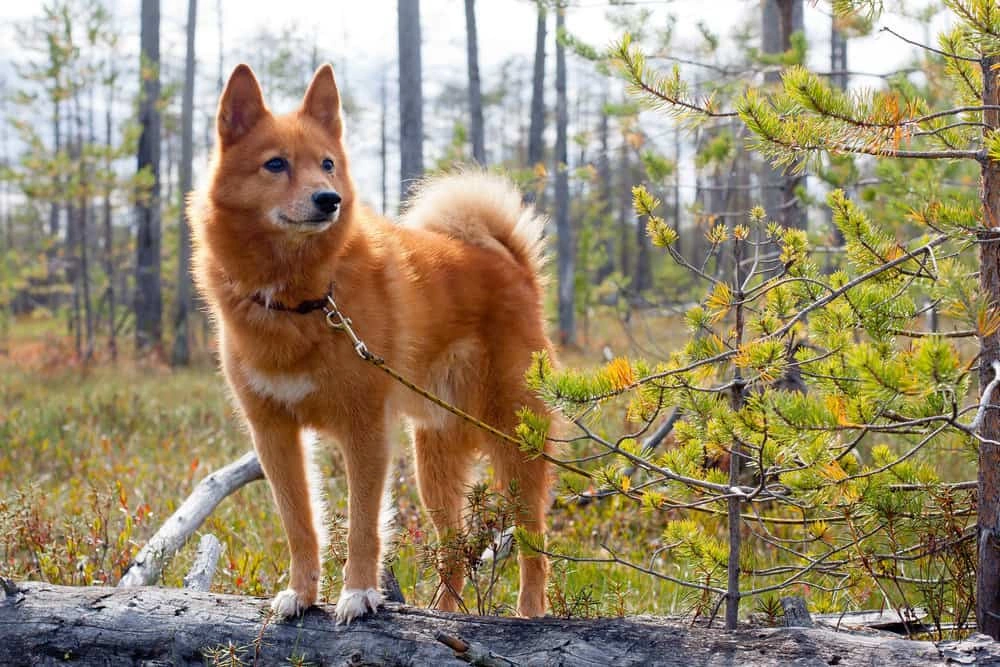

If you love the Schipperke, you might also be interested in these similar dog breeds:
- Pomeranian: Like the Schipperke, Pomeranians are small, energetic, and intelligent dogs with a fox-like appearance. They are known for their fluffy coats and lively personalities.
- Finnish Spitz: The Finnish Spitz is a small to medium-sized dog with a similar fox-like face and erect ears. They are known for their friendly and active nature.
- Norwegian Buhund: This breed is another spitz-type dog with a similar build and coat. Norwegian Buhunds are energetic, intelligent, and make excellent working dogs.
Conclusion
In summary, the Schipperke dog breed is a lively, intelligent, and loyal companion that can bring joy and excitement to any household. With proper care, training, and socialization, Schipperkes can thrive in various living environments and make excellent family pets. If you’re looking for a small dog with a big personality, the Schipperke might be the perfect choice for you.
FAQ
Is the Schipperke a dangerous dog?
No, the Schipperke is not a dangerous dog. While they can be wary of strangers and protective of their families, they are generally friendly and affectionate with proper socialization and training.
Is the Schipperke the best guard dog to protect you or your family?
Schipperkes make excellent watchdogs due to their alertness and protective nature. However, they are small dogs and may not be the best choice for a guard dog role. They can alert you to potential threats but should not be relied upon for protection against intruders.

